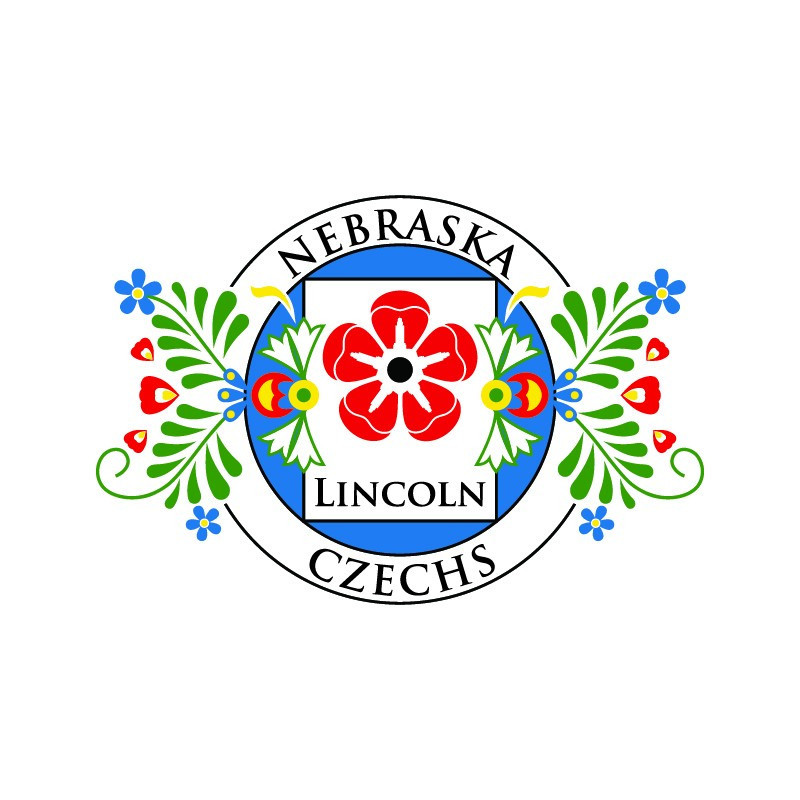The Czech/American Reading Circle
The Nebraska Czechs of Lincoln are proud to sponsor the Czech/American Reading Circle. Started in January, 2019, the Reading Circle shares significant books about, by, for, and important to, people of Czech Heritage.
Attendees are not required to have read the book being discussed, however, it helps to have some familiarity with it, and we encourage all participants to contribute any relevant information they may have.
Please join us! The circle meets the last Tuesday of each month (except December) at 6:15 pm central time
on ZOOM. Everyone is welcome.
Please contact the following or any Board Member for additional information and/or to get your Zoom Link.
Lois Shimerda Rood
on ZOOM. Everyone is welcome.
Please contact the following or any Board Member for additional information and/or to get your Zoom Link.
Lois Shimerda Rood
402-570-2333 lois@loisrood.com
Layne Pierce
402-770-5029 layne.pierce@yahoo.com
Mila Saskova-Pierce
402-770-4624 msaskova-pierce1@unl.edu
The Czech/American Reading Circle is continuing with its eighth year of reviewing great books.
Please join us the last Tuesday each month.
The Czech/American Reading Circle is continuing with its eighth year of reviewing great books.
Please join us the last Tuesday each month.
Click here for a high resolution copy of the 2025 Reading Circle Brochure.



Český čtenářský kroužek
MEETING INFORMATION:
Join Zoom: 6:15 p.m.Presentation: 6:30 to 7:30 p.m.
THE ZOOM LINK:
Our Zoom Link is the same for ALL of the Reading Circle Sessions.
https://us02web.zoom.us/j/87384971615?pwd=anI0UXQ4T0I3Qk44RE16emhISGI5QT09
Meeting ID: 873 8497 1615; Passcode: 123553
Please Join Us for our January 2026
Nebraska Czechs of Lincoln Reading Circle!
Nebraska Czechs of Lincoln Reading Circle!
BOOK: TBD
AUTHOR:
LEADER: TBD
Past Reading Circle Brochures:



<<<< :-) ======================================================================= (-: >>>>>
BOOK SUMMARY:
LEADERS:
A new reading list will be posted soon.
Come back to see the next book being discussed.
Come back to see the next book being discussed.